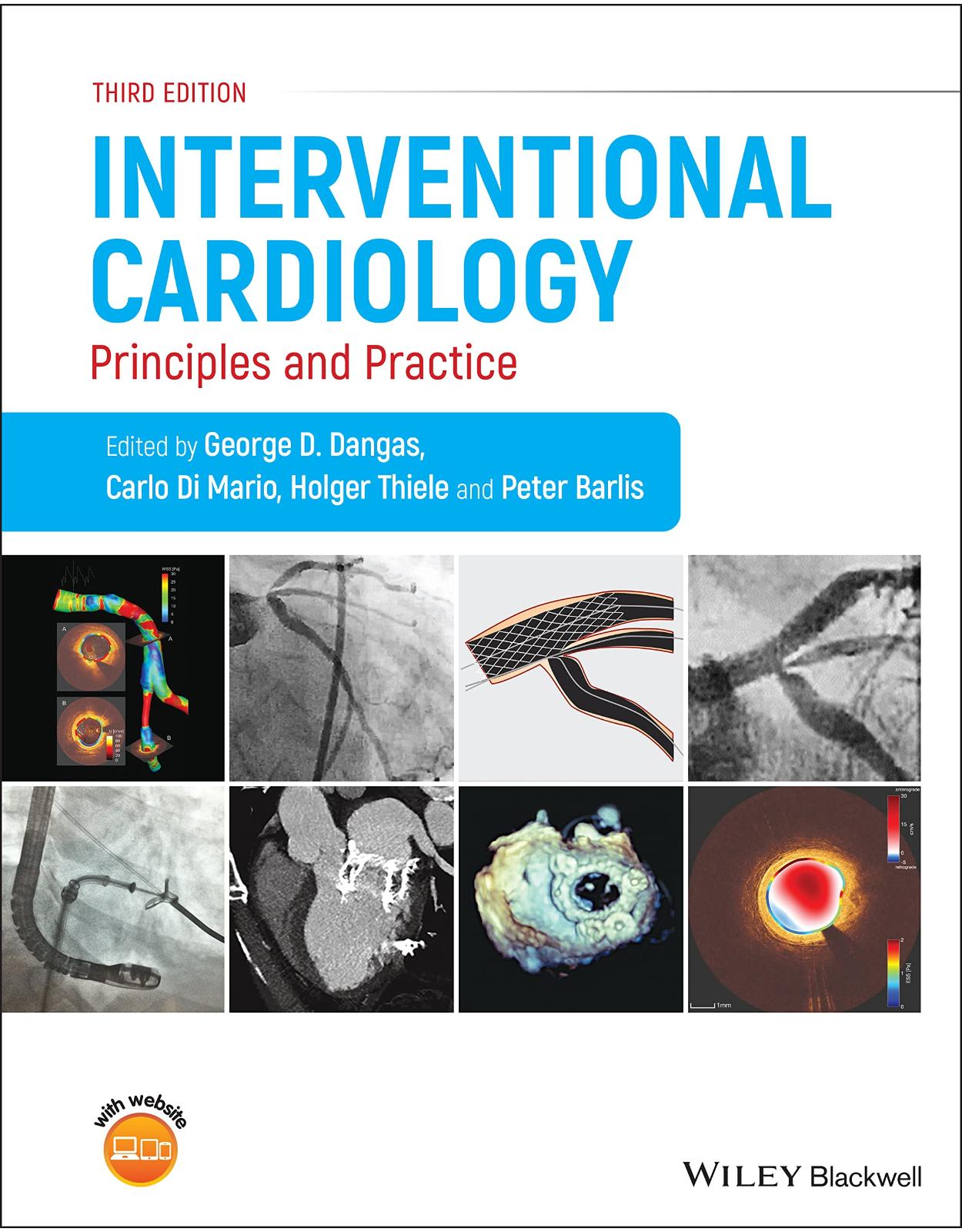
Interventional Cardiology: Principles and Practice , Third Edition
Livrare gratis la comenzi peste 500 RON. Pentru celelalte comenzi livrarea este 20 RON.
Disponibilitate: La comanda in aproximativ 4 saptamani
Autor: George D. Dangas (Editor), Carlo Di Mario (Editor), Holger Thiele (Editor), Peter Barlis (Editor)
Editura: Wiley-Blackwell
Limba: Engleza
Nr. pagini: 880
Coperta: Hardcover
Dimensiuni: 220 x 280 x 39 mm
An aparitie: 2022
Description:
Expert guidance from internationally recognized authorities, who provide clear and current updates on all aspects of interventional cardiology. This new edition;
Contains a radically expanded chapter contents list presented in four clear sections; coronary interventions, interventional pharmacology, structural heart interventions, and endovascular therapy
Includes 46 new chapters, including the latest advances in bioresorbable coronary stents, advanced transcatheter aortic valve replacement, MitraClip, new transcatheter mitral valve interventions, and more
Chapters are templated for rapid referral, beginning with pathophysiological background and relevant pathology, moving to mechanisms of treatment, device description, procedural techniques, follow-up care, and ending with risks, contraindications and complications
Multiple choice questions at the end of each chapter for self-assessment, a total of more than 400 MCQs in the book
Features 19 procedural videos, hosted on a companion website
Table of Contents:
PART I: Principles and Techniques
SECTION I: Basic Knowledge
CHAPTER 1: Atherogenesis and Inflammation
Pathogenesis of atherosclerosis
Clinical features
Consequences of atherosclerosis
Insights from coronary imaging
The vulnerable plaque
Role of inflammation in the natural history of atherosclerosis
Role of inflammation as vulnerability factor
Serum markers correlated to plaque inflammation
Future challenges in the treatment of vulnerable plaques
Conclusions
References
CHAPTER 2: The Essentials of Femoral Vascular Access and Closure
Femoral access
Ultrasound guided femoral access
Femoral access closure
Conclusions
References
CHAPTER 3: Radial Artery, Alternative Arm Access, and Related Techniques
Rationale for transradial access
Radial anatomy
Preprocedural considerations
Complications of transradial access
Conclusions
References
CHAPTER 4: Optimal Angiographic Views for Coronary Angioplasty
Catheter selection
Coronary intubation
Diagnostic angiography
Lesion‐specific approach
Ventriculography
References
CHAPTER 5: Material Selection
Guide catheter selection
Support
Guidewire selection
Balloon catheters
Conclusions
References
SECTION II: Imaging and Physiology
CHAPTER 6: Physiologic Assessment in the Cardiac Catheterization Laboratory
Impact of a stenosis upon coronary flow
Fundamentals of practical physiologic assessment
Coronary flow reserve and relative CFR
Hyperemic stenosis resistance and basal stenosis resistance
Fractional flow reserve
Instantaneous wave‐free ratio
Assessment of coronary microvascular function
References
CHAPTER 7: Intravascular Ultrasound and Virtual Histology
Principles of IVUS imaging
Equipment for IVUS examination
Imaging artifacts
Image acquisition and presentation
Normal artery morphology
Quantitative analysis
Qualitative analysis
Comparison of IVUS and angiography
Guidance for stent implantation
Serial IVUS studies of restenosis
Conclusions
References
CHAPTER 8: Optical Coherence Tomography, Near‐Infrared Spectroscopy, and Near‐Infrared Fluorescence Molecular Imaging
Optical coherence tomography
OCT system
Normal coronary vessel anatomy
Percutaneous coronary intervention
Near‐infrared spectroscopy
Near‐infrared fluorescence molecular imaging
References
CHAPTER 9: Complementary Imaging Techniques
Coronary MSCT angiography—technique
Coronary MSCT angiography—clinical applications
Recent clinical trials of CT coronary angiography
References
CHAPTER 10: Cardiovascular Magnetic Resonance Imaging
CMR technical concepts
Patient preparation and MRI safety
Applications of CMR
Pericardial disease
Congenital heart disease
Valvular heart disease
Vascular disease
CMR for interventional cardiac procedures
Emerging uses for CMR
Conclusions
References
SECTION III: PCI in Different Clinical Settings
CHAPTER 11: Stable Coronary Artery Disease
Guidelines on the management of stable angina
Indications for coronary angiography
Percutaneous coronary intervention for stable angina
Comparison of percutaneous and surgical revascularization
Recommendations for revascularization in stable angina
Conclusions
References
CHAPTER 12: PCI Strategies in Acute Coronary Syndromes without ST Segment Elevation (NSTEACS)
Risk stratification
Invasive versus ischemia‐guided approach
Coronary revascularization in NSTEACS
PCI: adjunctive pharmacologic treatment
Conclusion
References
CHAPTER 13: Primary and Rescue PCI in Acute Myocardial Infarction and Elements of Myocardial Conditioning
Primary PCI
Salvage and rescue PCI
Pharmacologic support before and during primary PCI
Myocardial conditioning
References
CHAPTER 14: The Management of Cardiogenic Shock and Hemodynamic Support Devices and Techniques
Definition of shock
Epidemiology
Management of cardiogenic shock
Conclusions
References
SECTION IV: PCI in Different Lesion Types
CHAPTER 15: Percutaneous Coronary Intervention in Unprotected Left Main
Current evidence for ULMCA revascularization
Current guidelines for ULMCA revascularization
Multidisciplinary assessment and the use of risk scores
Imaging and lesion assessment
Interventional approach
Pharmacotherapy in ULMCA intervention
Hemodynamic support
Conclusions
References
CHAPTER 16: Bifurcation Lesion Stenting
Anatomy and function of a coronary bifurcation
Coronary bifurcation: a pro‐atherogenic anatomy
Stent behavior in bifurcations
Coronary bifurcation stenosis
Stenting techniques
Non‐left main and left main stenosis clinical trials
Bifurcation stenting general principles
Provisional side branch stenting strategy
Beginning with SB stenting
Dedicated stent implantation
Bifurcation stenting with bioresorbable stents
Role of imaging in bifurcation stenting
Conclusions
Acknowledgment
References
CHAPTER 17: Risk Stratification Approach to Multivessel Coronary Artery Disease
Revascularization strategy
Assessment of non‐culprit or intermediate lesion
High risk patients and risk stratification
Revascularization in the era of drug‐eluting stents
Medical therapy
Conclusions
References
CHAPTER 18: Chronic Total Coronary Occlusion
Morphology of the occlusion
Indications for treatment
Basic rules of engagement
Guidewire selection and handling
Advanced antegrade recanalization techniques
Antegrade dissection and re‐entry
Retrograde approach
Hybrid approach for intervention of chronic total occlusions
Balloon dilatation
Stent placement
Intravascular ultrasound in CTOs
When to stop a procedure
Complications
References
CHAPTER 19: Percutaneous Coronary Intervention of Arterial and Vein Grafts
Scope of the problem
Secondary revascularization after CABG surgery: PCI or repeat surgery?
PCI for acute postoperative graft failure
PCI in degenerated saphenous vein grafts
PCI in arterial conduits
Conclusions
References
CHAPTER 20: Interventional Approach in Small Vessel, Diffuse, and Tortuous Coronary Artery Disease
Small vessel disease
Diffuse vessel disease
Tortuous vessel disease
References
CHAPTER 21: In‐Stent Restenosis in New Generation DES Era
Definition
Incidence
Clinical presentation
Pathophysiologic mechanisms
Morphologic pattern of DES restenosis
Predictors of DES restenosis
Role of intravascular imaging
Approach to DES restenosis
References
SECTION V: Special Techniques and Complications
CHAPTER 22: Laser, Rotational, and Orbital Coronary Atherectomy
Background
Rotational atherectomy
Excimer laser coronary atherectomy
Orbital atherectomy
Conclusions
References
CHAPTER 23: Thrombus‐Containing Lesions
How to deal with thrombus‐containing lesions
Conclusions
References
CHAPTER 24: Specialized Balloons in Percutaneous Coronary Intervention
Cutting and scoring balloons
The Glider balloon in coronary bifurcation lesions
Clearway catheter for intracoronary drug delivery
Flash Ostial dual balloon angioplasty catheter
Drug‐eluting balloons
Conclusions
References
CHAPTER 25: Coronary Artery Dissections, Perforations, and the No‐Reflow Phenomenon
Coronary artery dissection
Coronary artery perforation
Classification
The no‐reflow phenomenon
Conclusions
References
CHAPTER 26: Access Site Complications
Femoral vascular access complications
Upper extremity vascular access complications
Complications related to vascular closure devices
Complications related to compression devices
References
CHAPTER 27: Renal Insufficiency and the Impact of Contrast Agents
Contrast‐induced acute kidney injury
Conclusions
References
CHAPTER 28: Radiation Management in Interventional Cardiology
Measurements of radiation
Radiobiology
Patient radiation management
Staff radiation safety
Specific radiation safety considerations
Pediatric patients
Training and education
Conclusions
References
CHAPTER 29: Concepts of Cell Therapy and Myocardial Regeneration
Origin of concept
Myocardial regeneration
Mobilization of stem/progenitor cells
Mechanism of action
Choice of cell type for cardiac cell therapy
Cell therapy following acute myocardial infarction
Cell therapy in chronic ischemic heart disease
National and international task forces
Conclusions
References
SECTION VI: Clinical Trials in Coronary Heart Disease
CHAPTER 30: Statistical Essentials in the Design and Analysis of Clinical Trials
The fundamentals
Trial design: the fundamentals
Additional topics in clinical design and analysis
CHAPTER 31: Historical Perspective of Sirolimus and Paclitaxel‐Eluting Stent Clinical Studies
Initial studies of first‐generation DES
Paclitaxel‐eluting stent
Sirolimus‐eluting stent
Acute myocardial infarction
Multivessel disease
Left main coronary artery disease
Randomized trials, meta‐analyses, and registries
Safety concerns with DES and the introduction of novel generation DES
Conclusions
References
CHAPTER 32: Cobalt‐Chromium Everolimus‐Eluting Stents
Material and chemical properties of cobalt‐chromium alloys
Cobalt‐chromium everolimus‐eluting stents: technical overview
Xience stents: clinical trials
References
CHAPTER 33: Platinum‐Chromium Everolimus‐Eluting Stents
Material properties and biomechanics of the platinum‐chromium alloy
Biocompatibility: surface characteristics and resistance to corrosion
Longitudinal stent deformation and the role of stent architecture
Promus Element and Premier EES
Synergy EES
Conclusions
References
CHAPTER 34: Bioresorbable Stents
ABSORB bioresorbable vascular scaffold
Intracoronary imaging guidance
Clinically tested bioresorbable vascular scaffolds
References
CHAPTER 35: The Biolimus Stent Family
Biolimus
The Biosensor stent family
The Nobori stent
The Xtent
Evidence from pooled data
References
CHAPTER 36: The Biotronik Stent Family
Cobalt chromium platform
Passive coating
PRO‐Kinetic Energy
Orsiro
Absorbable metal scaffolds
PK Papyrus stent
References
CHAPTER 37: Novel Drug‐Eluting Stent Systems
Metallic platforms
Antiproliferative agents
Polymer coatings and alternative drug release technologies
Future perspectives
Conclusions
References
PART II: Interventional Pharmacology
SECTION I: Fundamentals of Interventional Pharmacology
CHAPTER 38: Basics of Antiplatelet and Anticoagulant Therapy for Cardiovascular Disease
Role of platelets and coagulation factors in thrombus formation
Overview of antiplatelet agents for atherosclerotic diseases
Phosphodiesterase inhibitors
PAR‐1 antagonists
Other novel antiplatelet agents
Overview of anticoagulant agents for atherosclerotic diseases
Thrombin inhibitors
Factor Xa inhibitors
Other anticoagulants under clinical development
Conclusions
Disclosures
References
CHAPTER 39: Balance of Ischemia and Bleeding in Selecting Antithrombotic Regimens
Definitions of the most common ischemic and bleeding outcomes
Outcomes after ischemic or bleeding complications
Methods to assess the risk of ischemic and bleeding complications
Pharmacologic strategies to reduce ischemic and bleeding complications
Conclusions and recommendations for clinical practice
References
SECTION II: Pharmacological Agents
CHAPTER 40: Oral Antiplatelet Agents in PCI
Methods
Background
Oral antiplatelet therapy and PCI
Clinical guidelines: oral antiplatelet therapy in PCI
Future perspectives
Conclusions
References
CHAPTER 41: Parenteral Anticoagulant Agents in PCI
Heparin
Low molecular weight heparin
Direct thrombin inhibitors
Factor Xa inhibitors
References
CHAPTER 42: Parenteral Antiplatelet Agents in PCI
Glycoprotein IIb/IIIa inhibitors
Cangrelor
References
CHAPTER 43: Role of Parenteral Agents in PCI for Stable Patients
Antiplatelet therapy using glycoprotein IIb/IIIa inhibition
Comparisons between agents
Unfractionated heparin
Low molecular weight heparins
Dalteparin
Fondaparinux
Direct antithrombin agents
Other agents
Intravenous antiplatelet therapy
Conclusions
References
CHAPTER 44: Vasoactive and Antiarrhythmic Drugs During PCI
Vasodilators during PCI
Antiarrhythmic drugs in PCI
Peri‐procedural sedation
Which drugs should be discontinued before PCI?
High‐dose statin treatment to reduce the risk of peri‐procedural MI
Vasopressors and inotropes during PCI
Conclusions
References
CHAPTER 45: The Optimal Duration of Dual Antiplatelet Therapy After PCI
Rationale and evolution behind dual antiplatelet therapy after stent implantation
International guidelines on the duration of dual antiplatelet therapy
Trials behind the guidelines for best evidence‐based clinical practice
Parallels of stent technology evolution and shorter DAPT regimen
High risk patients
DAPT duration in patients in need of surgery
Atrial fibrillation
Future directives
References
CHAPTER 46: Triple Antiplatelet Therapy and Combinations with Oral Anticoagulants After PCI
Methods
Platelet activation and the pathophysiology of arterial thrombosis
Mechanisms of antithrombotic pharmacotherapy
Triple antiplatelet therapy following PCI
Antiplatelet combinations with oral anticoagulants following PCI
Non‐vitamin K antagonist oral anticoagulants
Achieving improved outcomes following PCI: a role for a third agent?
Triple antithrombotic therapy following PCI with prior indications for OAC
Clinical guidelines: DAPT in combination with OAC in AF
Unanswered questions and future perspectives
Conclusions
References
SECTION III: Pharmacological Testing
CHAPTER 47: Peri‐procedural Platelet Function Testing in Risk Stratification and Clinical Decision Making
Initial evidence for HPR to ADP as a risk factor
HPR cut‐off values defined by receiver operating characteristic curve analysis
Randomized trials of platelet function testing
Relation between low on‐treatment platelet reactivity and bleeding: the therapeutic window concept
HPR in patients with STEMI during prasugrel and ticagrelor therapy
Conclusions
Disclosures
References
CHAPTER 48: Genetics and Pharmacogenetics in Interventional Cardiology
Initial focus on human genetics: rare single‐gene disorders
Realm of GWAS: understanding the genetics of common complex disorders
Identification and characterization of genetic risk variants for CAD and MI
Relevance of CAD pathogenesis and clinical manifestations from a genetics perspective
Specific limitations of GWAS and presently identified CAD risk loci
Integration of GWAS findings into future models of disease: systems genetics to identify networks mediating pathogenesis of disease and key regulatory pathways
Pharmacogenomics and interventional cardiology
Conclusions
References
CHAPTER 49: Monitoring and Reversal of Anticoagulation and Antiplatelet Agents
Anticoagulants
Unfractionated heparin
Low molecular weight heparin (enoxaparin)
Pentasaccharides (fondaparinux)
Direct thrombin inhibitors (bivalirudin, argatroban)
Antiplatelets
Aspirin
P2Y12 inhibitors (clopidogrel, prasugrel, ticagrelor, cangrelor)
Glycoprotein IIb/IIIa inhibitors (abciximab, eptifibatide, tirofiban)
Conclusions
References
PART III: Hypertension and Structural Heart Disease
SECTION I: Systemic and Pulmonary Hypertension
CHAPTER 50: Right Heart Catheterization and Pulmonary Hemodynamics
Balloon flotation catheters
Technique
Pulmonary hemodynamics
Pharmacologic drug testing
CHAPTER 51: Treatment of Pulmonary Embolism
Risk stratification and patient selection
Therapies for acute PE
Medical therapy
Conclusions
References
CHAPTER 52: Renal Denervation for Resistant Hypertension
Resistant hypertension
Rationale of targeting the renal sympathetic nervous system
Surgical sympathetic denervation
Percutaneous denervation
The procedure
The future
References
SECTION II: Structural Heart Interventions
CHAPTER 53: Antithrombotic Strategies in Valvular and Structural Heart Disease Interventions
Embolism and thrombosis in valvular and structural transcatheter interventions
Pathophysiology of stroke and systemic embolism in valvular and structural transcatheter interventions
Antithrombotic strategies in patients undergoing valvular and structural percutaneous interventions
Future directions and conclusions
References
CHAPTER 54: Alcohol Septal Ablation for Hypertrophic Obstructive Cardiomyopathy
Selection of patients
Mechanisms of treatment efficacy
The technique
Treatment efficacy
Adverse events
Future directions
Conclusions
References
CHAPTER 55: Left Atrial Appendage Exclusion
Indication for LAA exclusion
Endocardial devices: design and technical details
Procedural aspects for implantation
The Lariat system: a combined endocardial–epicardial approach
Post‐implantation consideration and follow‐up
Areas for future research
References
CHAPTER 56: Cryptogenic Stroke, Patent Foramen Ovale, and ASD Closure
Types of ASD and PFO
Cryptogenic stroke and its relation to PFO
Atrial septal defect
Closure of ASD and PFO
Contraindications to ASD and PFO closure
Technique
ASD and PFO closure precedure
ASD sizing
ASD device selection
PFO device selection
Device delivery
Completing the procedure
Adverse events
Aftercare
Future directions
References
CHAPTER 57: Paravalvular Leak Closure and Ventricular Septal Defect Closure
Transcatheter paravalvular leak closure
Transcatheter VSD closure
References
SECTION III: Valvular Heart Disease Interventions
CHAPTER 58: Aortic Valvuloplasty and Large‐Bore Percutaneous Arterial Access
Basic principles and mechanisms of action
Indications and evidence for use
Patient selection and contraindications to BAV
Approach to the procedure
Large‐bore arterial access
Performing balloon aortic valvuloplasty
Arteriotomy closure and troubleshooting
Complications of BAV and their management
Conclusions, recommendations, and future directions
References
CHAPTER 59: Transfemoral Aortic Valve Implantation
Indications and candidacy for TAVR
Contraindications to TAVR
Evaluating the patient for transfemoral TAVR
Management of cardiovascular comorbidities pre‐TAVR
Interventional technique for TF‐TAVR
Complications of TF‐TAVR
Conclusions
References
CHAPTER 60: Transthoracic Aortic Valve Implantation
Indications for transaortic access
Patient selection
TAo TAVI approaches
Procedural considerations
Edwards SAPIEN XT and SAPIEN 3
CoreValve
Engager
Direct Flow
Lotus
TAo: comparison with other approaches
Contraindications
Rare types of access for high risk inoperable TAVI
Conclusions
Disclosure
References
CHAPTER 61: New Aortic Valve Technologies
SAPIEN 3
CoreValve Evolut R
Lotus™ valve system
ACURATE valve system
Direct Flow
Engager
Portico
JenaValve
Conclusions
References
CHAPTER 62: Transseptal Puncture
Training
Echocardiographic guidance
Equipment
Procedure
Specificities in transseptal puncture
Electrophysiology
Circulatory support
Complications
Contraindications
Conclusions
References
CHAPTER 63: Principles of Carpentier’s Reconstructive Surgery in Degenerative Mitral Valve Disease
Pathophysiology and functional classification
Surgical indications
Principles of mitral valve surgery
Results
References
CHAPTER 64: Mitral Valve Repair
Percutaneous mitral leaflet repair with MitraClip
Percutaneous indirect and direct annuloplasty
Transcatheter mitral valve replacement
References
CHAPTER 65: Balloon Mitral Valvuloplasty
Anatomic considerations
Balloon mitral valvuloplasty
Indications and recommendations for percutaneous balloon mitral valvuloplasty
Contraindications
Peri‐procedural care
Patient preparation
Techniques
BMV in difficult scenarios
Complications of BMV
Results of BMV
Conclusions
References
CHAPTER 66: Pulmonary Artery and Valve Catheter‐Based Interventions
Balloon pulmonary artery angioplasty
Pulmonary artery endovascular stenting
Balloon pulmonary valvuloplasty
Right ventricular outflow tract stenting
Transcatheter pulmonary valve implantation
The future
References
CHAPTER 67: Imaging for Planning and Guidance for Structural Heart Interventions
Transcatheter aortic valve replacement
Percutaneous mitral valve repair
Conclusions
References
PART IV: Vascular Disease for the Interventionalist
SECTION I: Cerebrovascular Disease
CHAPTER 68: Acute Stroke Intervention
Background and evidence
Acute stroke therapy: practical aspects
Complications
Conclusions
References
CHAPTER 69: Carotid Artery Angioplasty and Stenting
Background
Important concepts and considerations
Indications and contraindications
Carotid plaque characteristics
Vascular anatomy
Cerebral protection devices
Self‐expanding carotid stents
Step‐by‐step technique of carotid stenting
Case histories
Carotid stenting complications
Tailored approach to CAS: scientific evidence
Future directions
Acknowledgments
References
CHAPTER 70: Cerebral Aneurysms
Diagnosis
Indications for endovascular treatment
Strategies for endovascular treatment
References
SECTION II: Aorta and Branch Diseases
CHAPTER 71: Management of Acute Aortic Syndromes
Epidemiology
Conditions in the context of AAS
Genetics and clinical manifestations of AAS
Diagnostic pathways
Initial medical management of aortic dissection
Intramural hematoma
Penetrating aortic ulcer
Outlook and conclusions
References
CHAPTER 72: Thoracic Endovascular Aortic Aneurysm Repair
Demographics
Etiology
Indications
Diagnostic imaging
Anatomic requirements
Evidence to support TEVAR
Conclusions
References
CHAPTER 73: Endovascular Aortic Aneurysm Repair
Demographics
Etiology
Indications
Ruptured AAA
Diagnostic imaging
Anatomic requirements
EVAR devices
Endoleaks
Evidence to support EVAR
Conclusions
References
CHAPTER 74: Acute and Chronic Mesenteric Ischemia
Acute mesenteric ischemia
Chronic mesenteric ischemia
Technical considerations
Post‐procedure follow‐up
Complications
Conclusions
References
CHAPTER 75: Renal Artery Interventions
Renal artery stenosis
Natural history and clinical outcomes
Indications for screening
Diagnosis
Treatment options for ARAS
Technical aspects of renal endovascular intervention for renal artery stenosis
CHAPTER 76: Revascularization for Arteries in the Pelvis
Penile arterial blood supply and anatomy
Angiographic studies in erectile dysfunction
Penile arterial revascularization: surgical and endovascular approaches
Patient selection and work‐up
Angiographic technique
Conclusions
References
SECTION III: Peripheral Arterial Disease
CHAPTER 77: Iliac Interventions
Clinical presentation and diagnosis
Percutaneous intervention
Complications
Conclusions
References
CHAPTER 78: Superficial Femoral Artery Interventions
Endovascular interventions
Balloon angioplasty
Bare metal stents
Drug‐eluting stents
Drug‐eluting balloons
Cryotherapy
Atherectomy
The future
References
CHAPTER 79: Popliteal Artery Interventions
Interventions for popliteal artery disease
Balloon angioplasty
Stenting
Adjunctive endovascular technologies
Atherectomy
Popliteal aneurysms
Conclusions
References
CHAPTER 80: Below the Knee Interventions in Critical Limb Ischemia
Background
Evaluation of the lower extremity arterial system
Approach to BTK intervention
Endovascular management of below the knee critical limb ischemia
Percutaneous transluminal angioplasty
Modified angioplasty techniques
Complications of endovascular procedures
Conclusions
References
CHAPTER 81: Subclavian, Vertebral, and Upper Extremity Vascular Disease
Subclavian and upper extremity arterial disease
Vertebral artery disease
References
SECTION IV: Venous Disease/Interventions
CHAPTER 82: Antithrombotic Strategies in Endovascular Interventions
Pathophysiology
Aspirin
Ticlopidine
Clopidogrel
Other ADP receptor antagonists
Dipyridamole
Vorapaxar
Low molecular weight heparins
Glycoprotein IIb/IIIa receptor antagonists
Vitamin K antagonist
Cilostazol
Bivalirudin
Conclusions
References
CHAPTER 83: Chronic Venous Insufficiency
Predisposing factors
Pathogenesis
Clinical manifestations
QOL and economic impact
Diagnosis
Treatment
Non‐invasive study: venous reflux disease
Non‐invasive study: chronic venous flow obstruction
Non‐invasive study: muscle pump dysfunction
References
CHAPTER 84: Cardiac Vein Anatomy and Transcoronary Sinus Catheter Interventions in Myocardial Ischemia
Aims of transcoronary sinus interventions
Anatomy of cardiac veins
Pathophysiologic background of transcoronary sinus interventions
How to access jeopardized myocardium
Current transcoronary sinus catheter interventions in myocardial jeopardy
Conclusions and future directions
References
Index
End User License Agreement
| An aparitie | 2022 |
| Autor | George D. Dangas (Editor), Carlo Di Mario (Editor), Holger Thiele (Editor), Peter Barlis (Editor) |
| Dimensiuni | 220 x 280 x 39 mm |
| Editura | Wiley-Blackwell |
| Format | Hardcover |
| ISBN | 9781119697343 |
| Limba | Engleza |
| Nr pag | 880 |

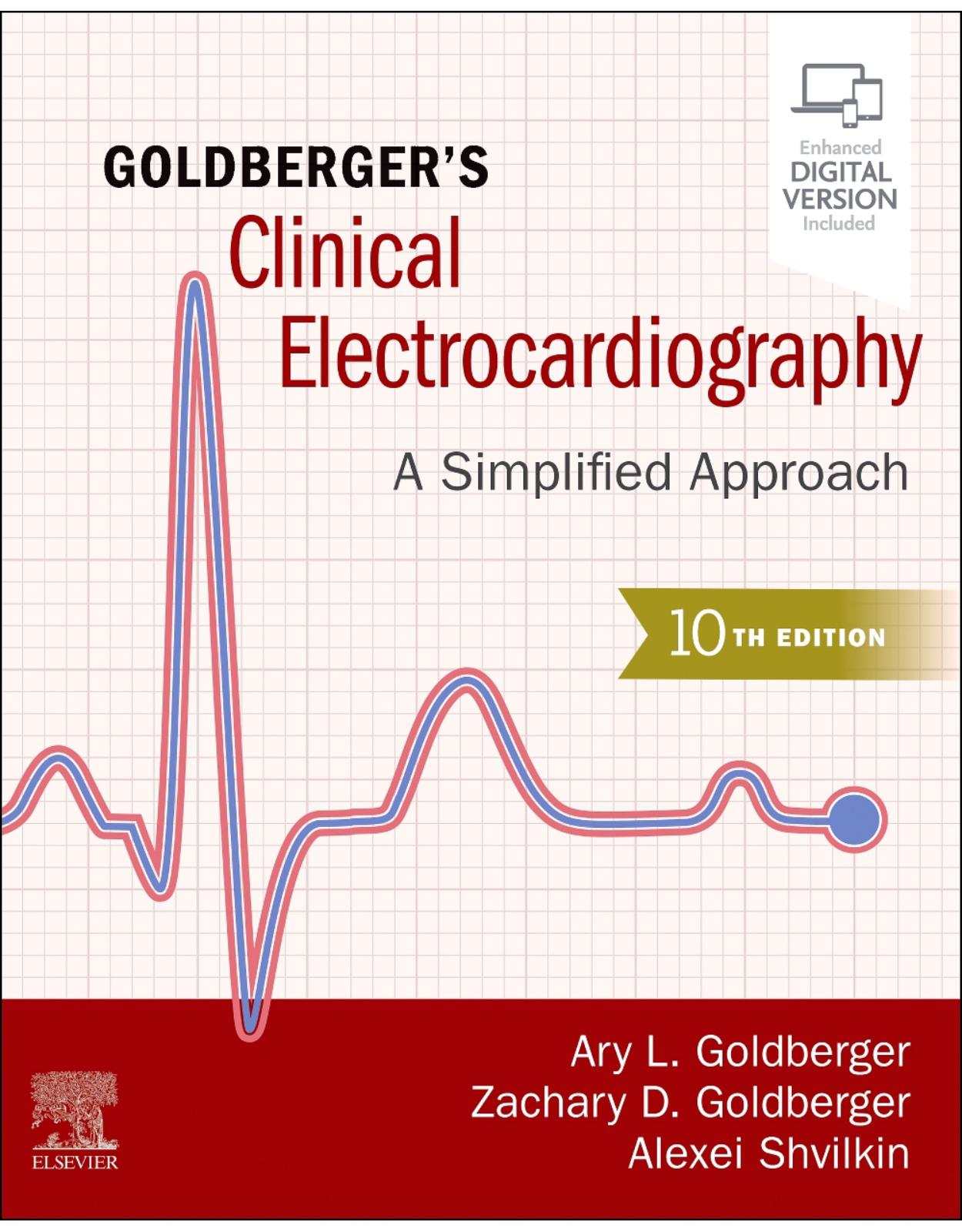
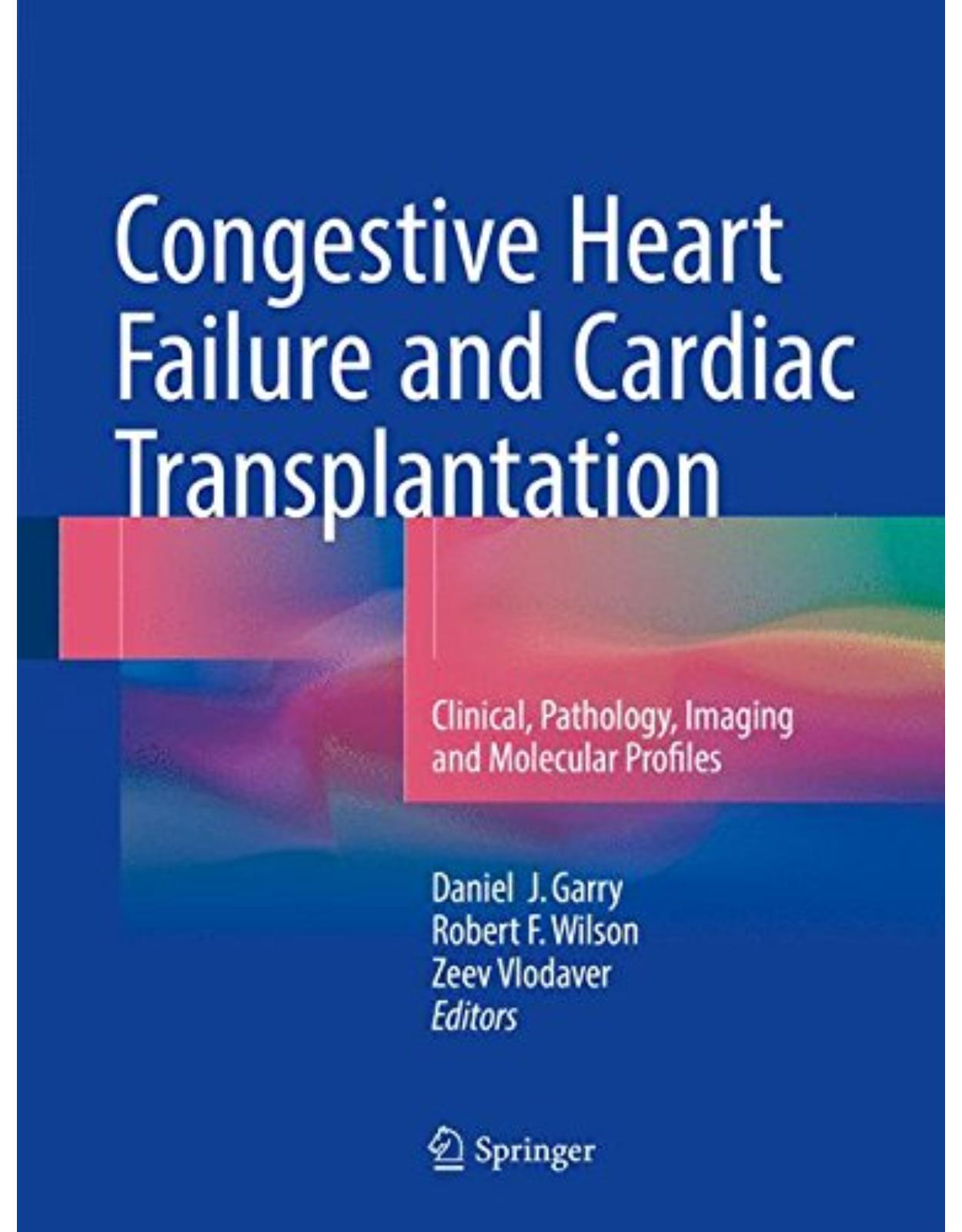
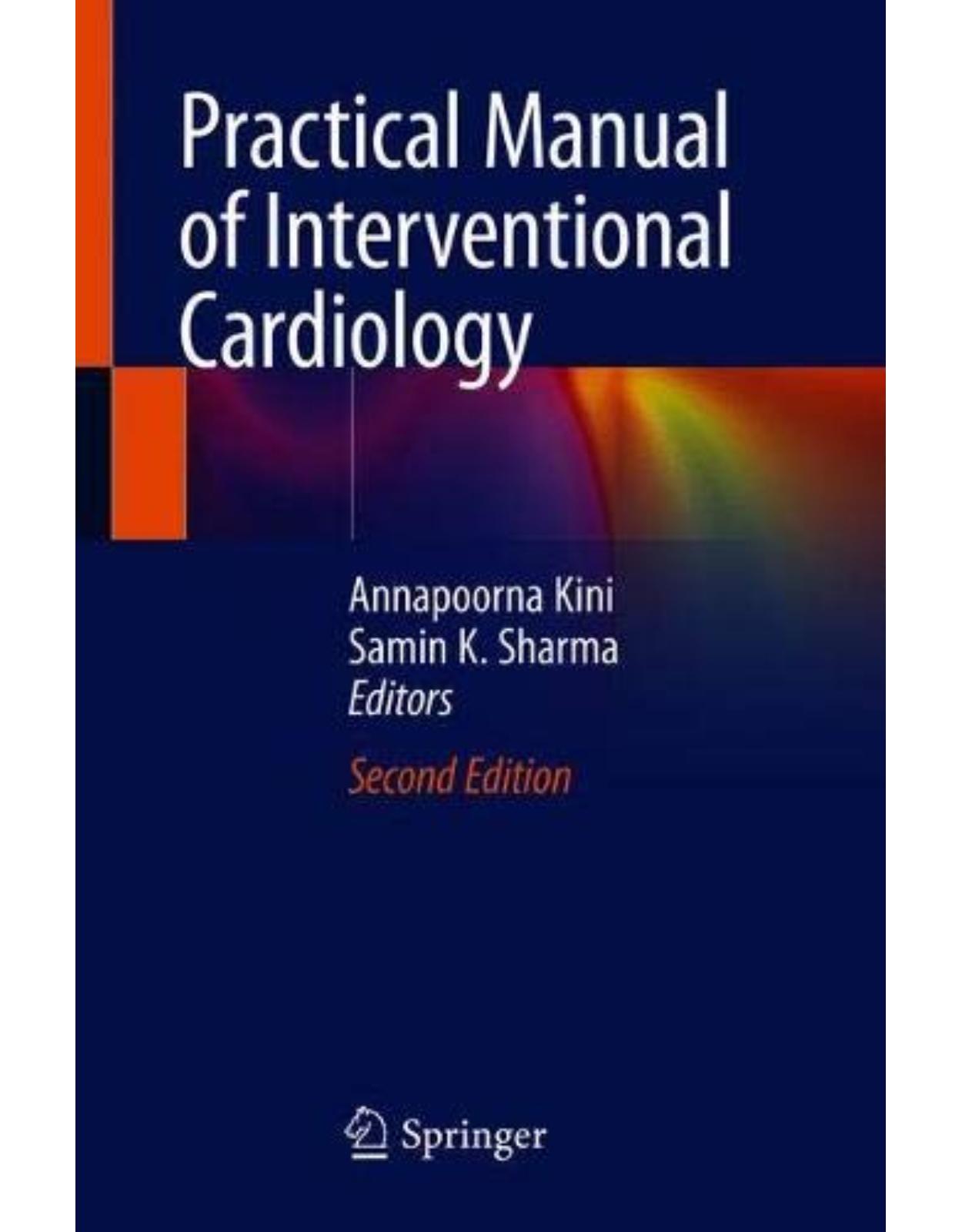
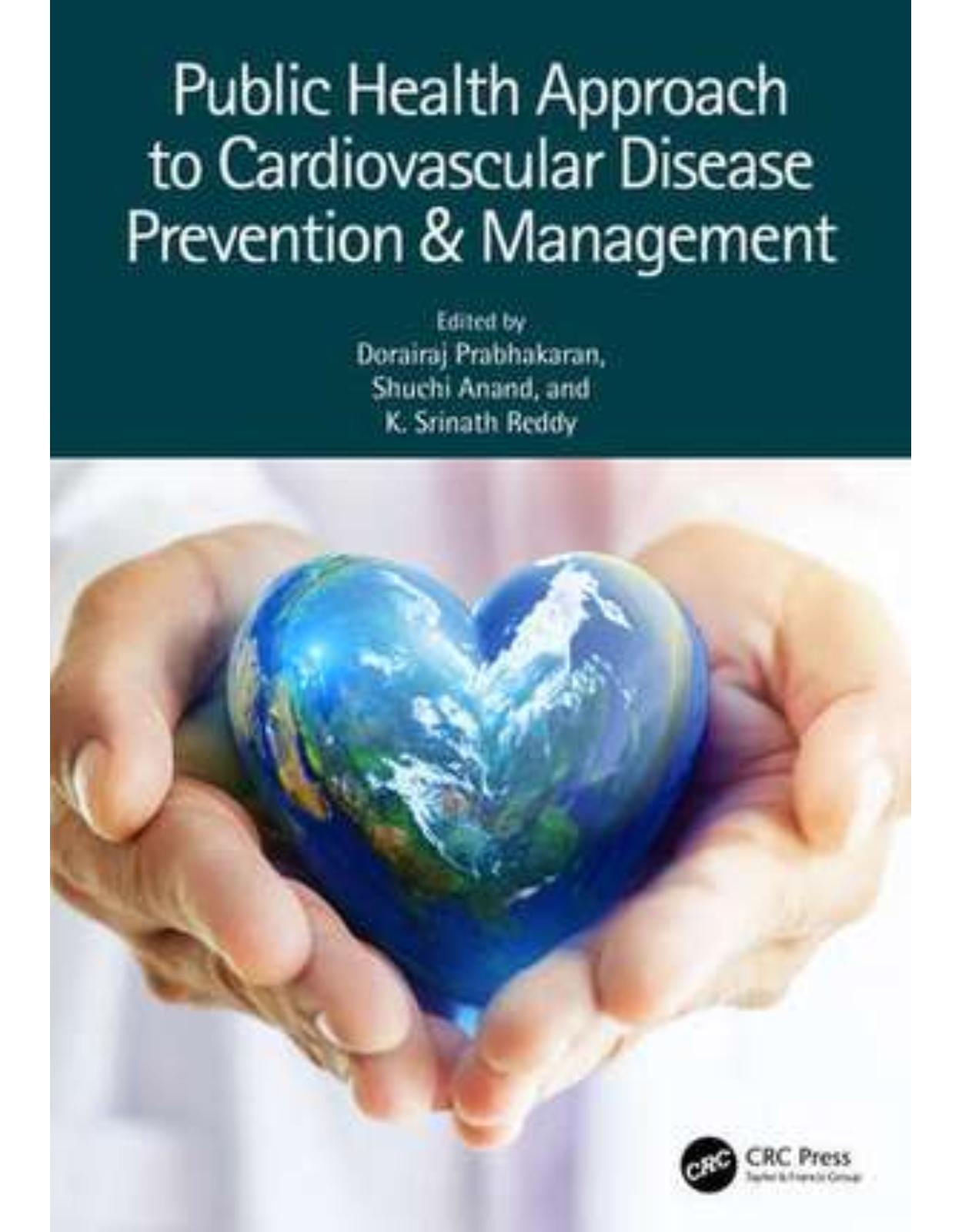
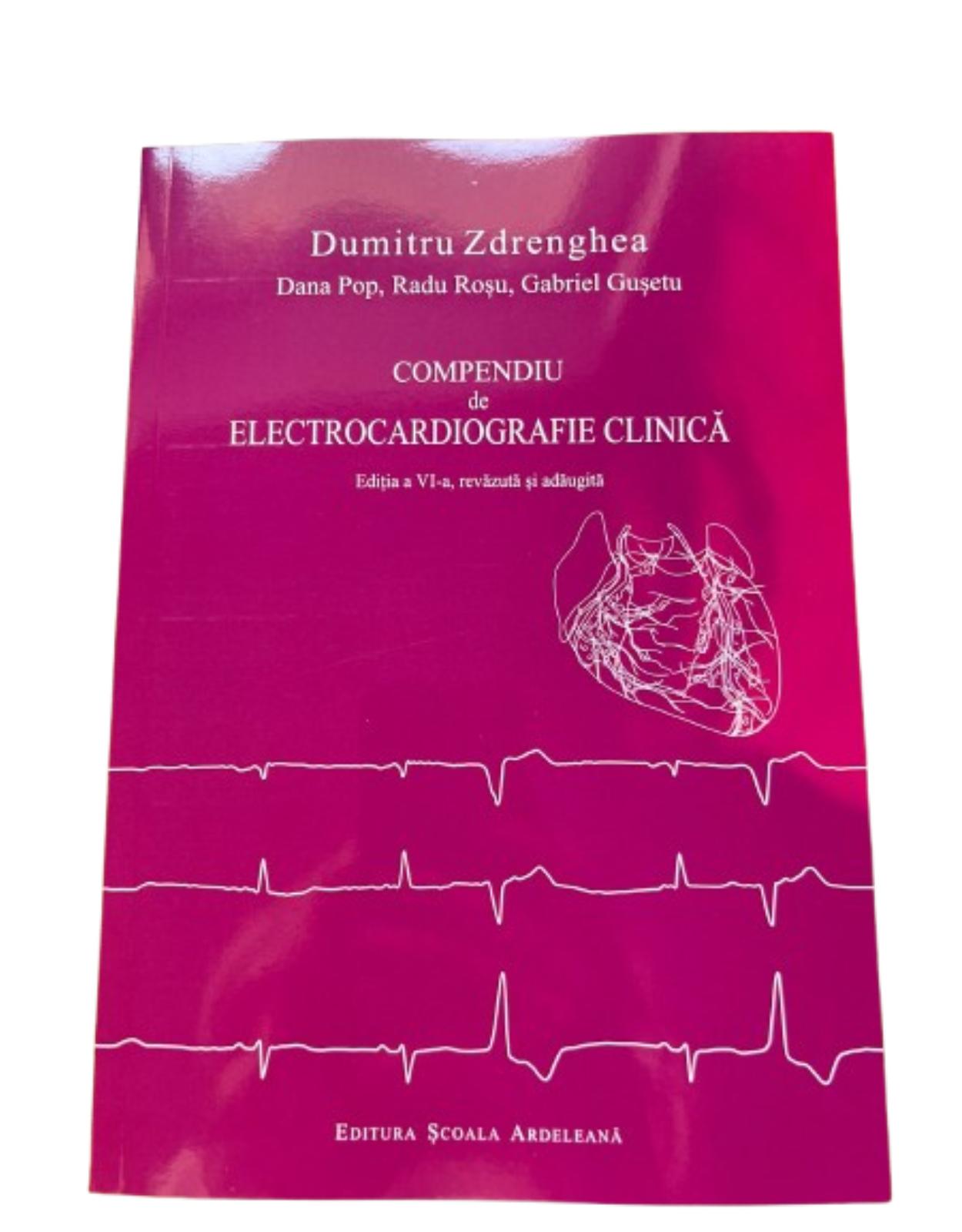
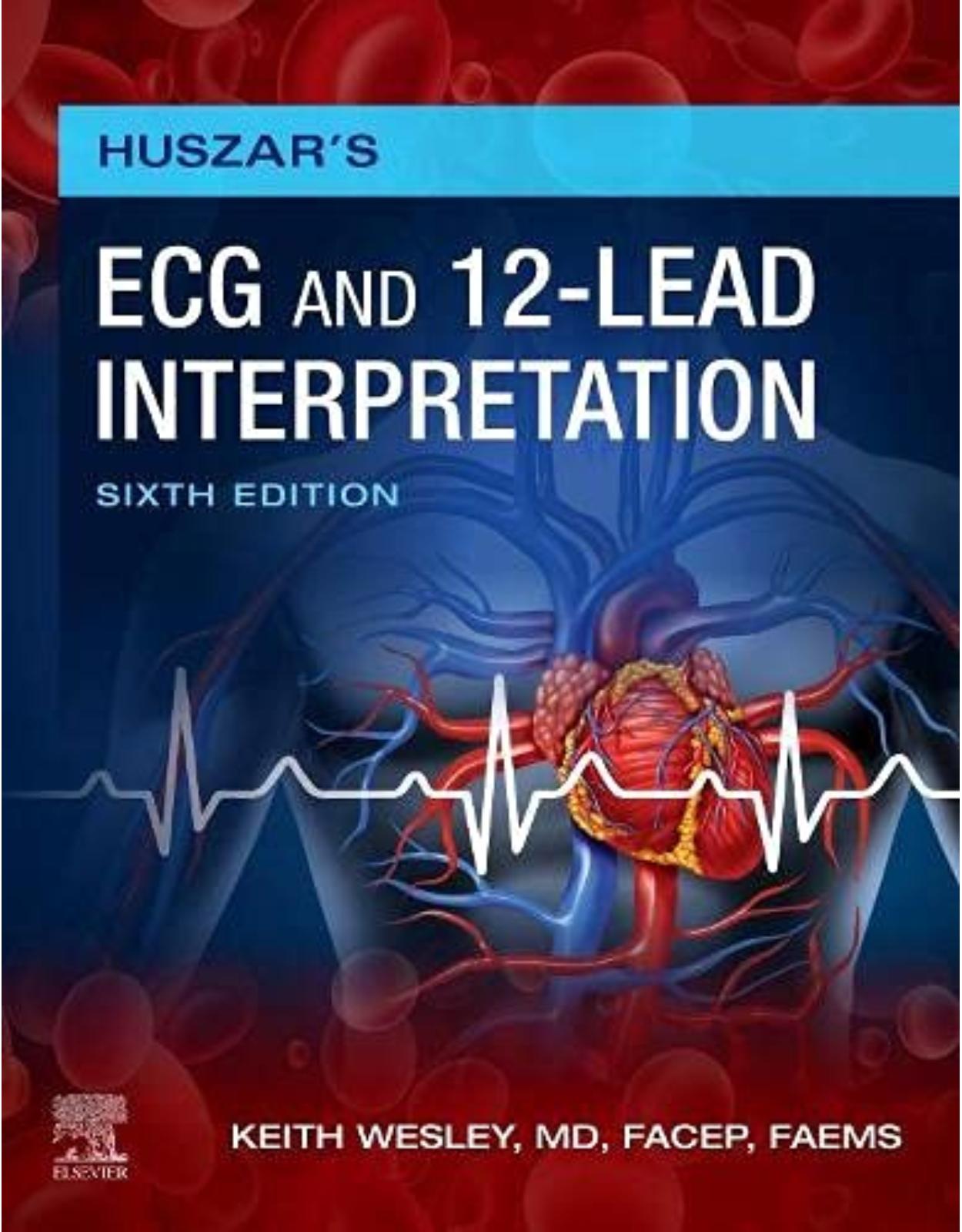
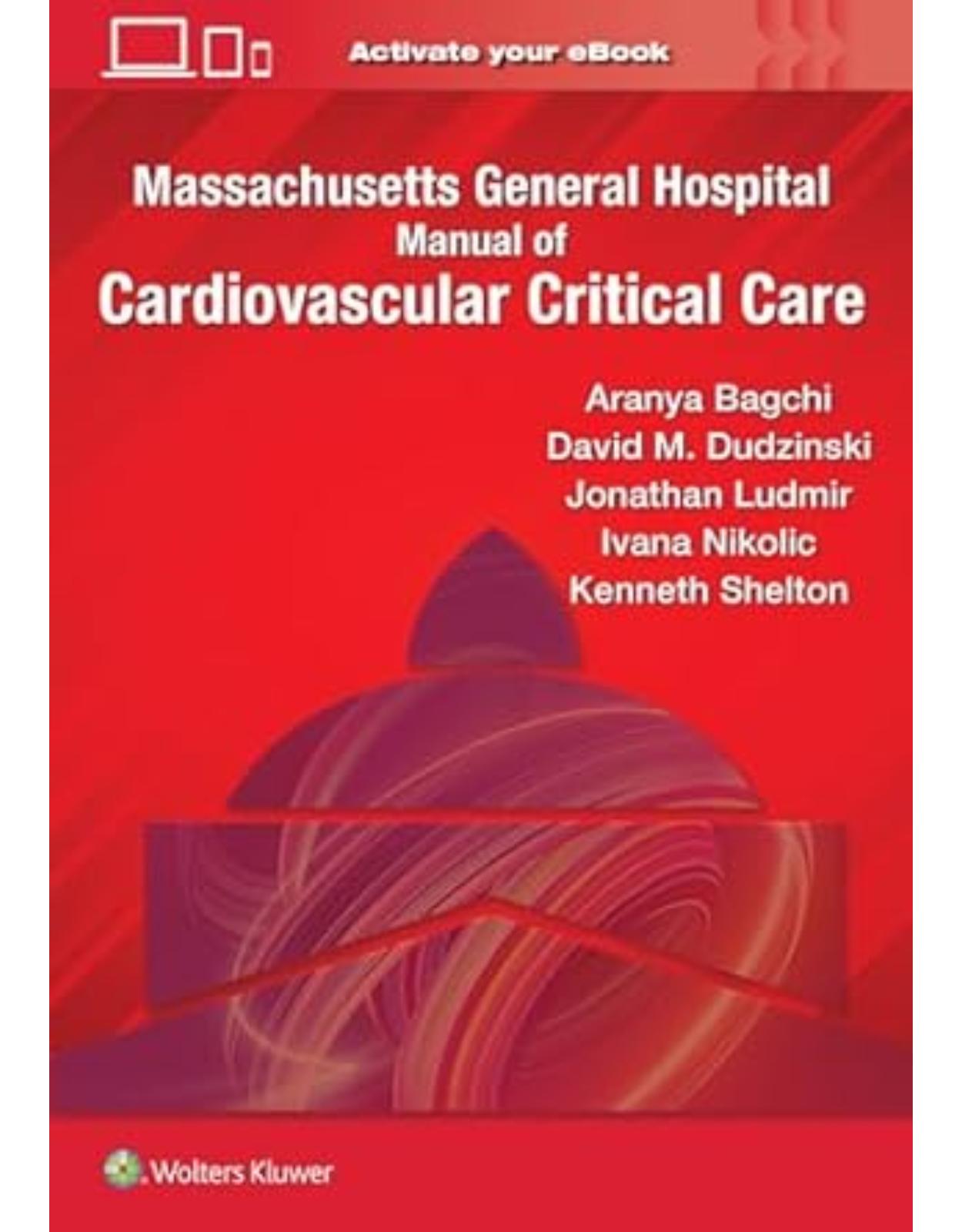
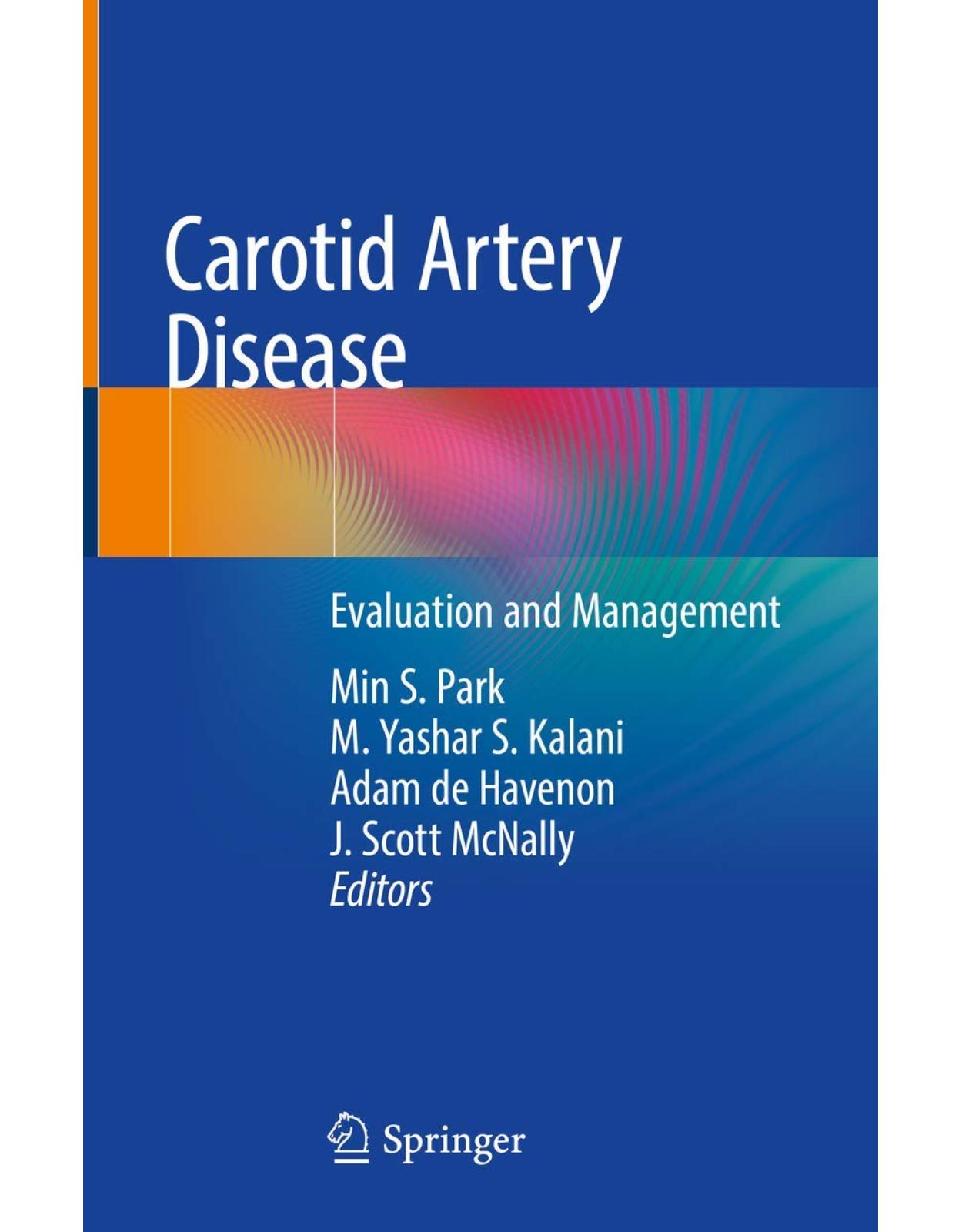
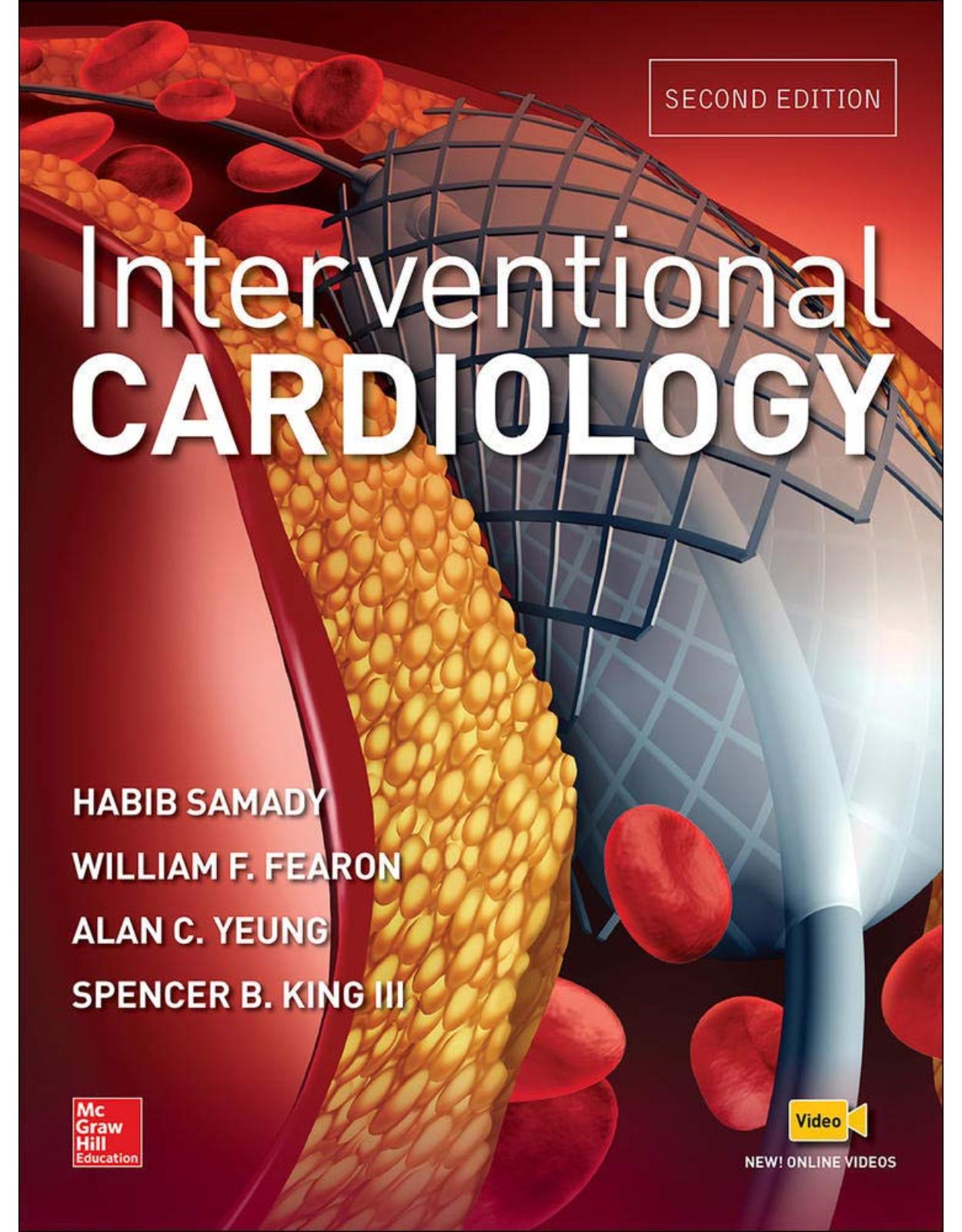
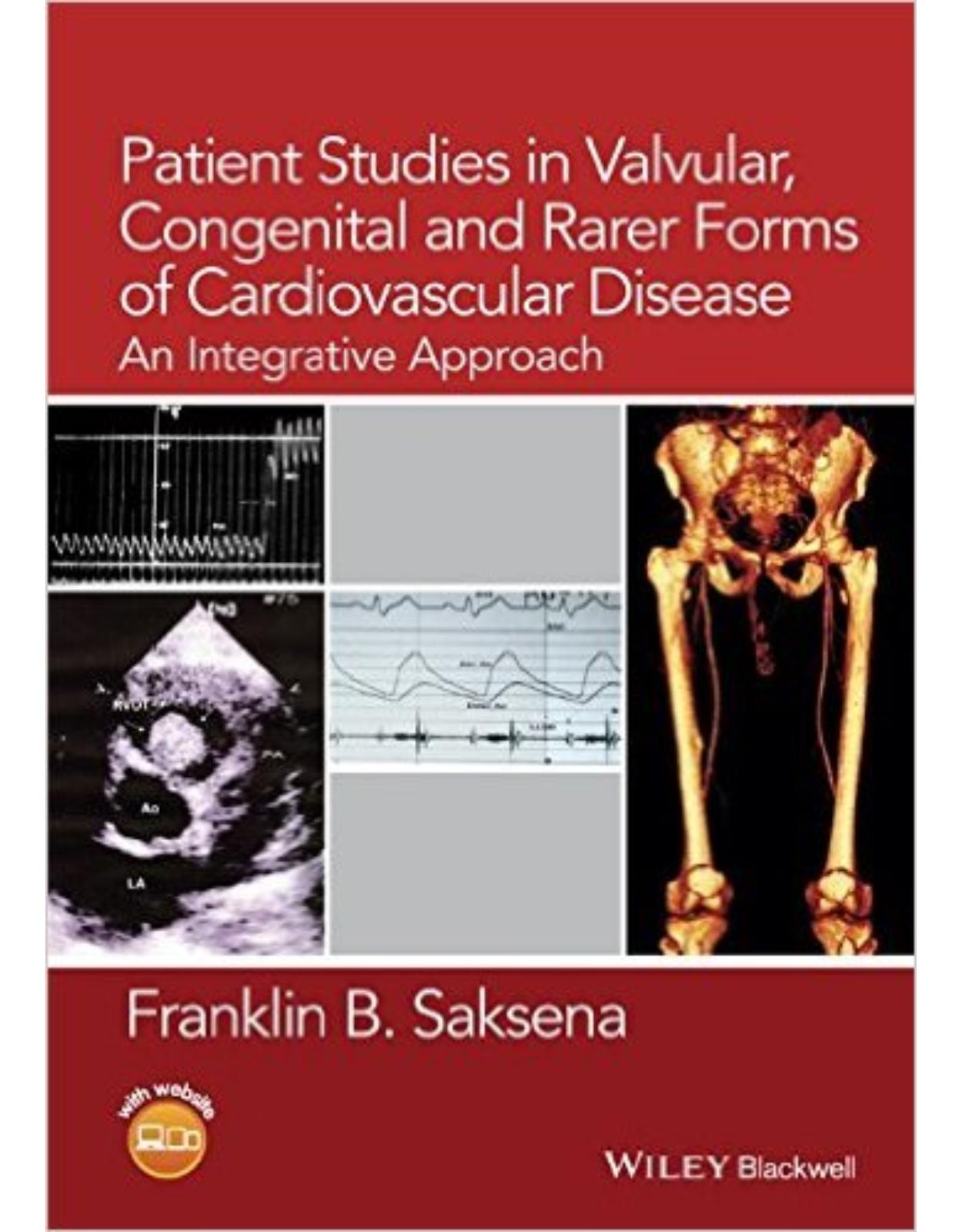
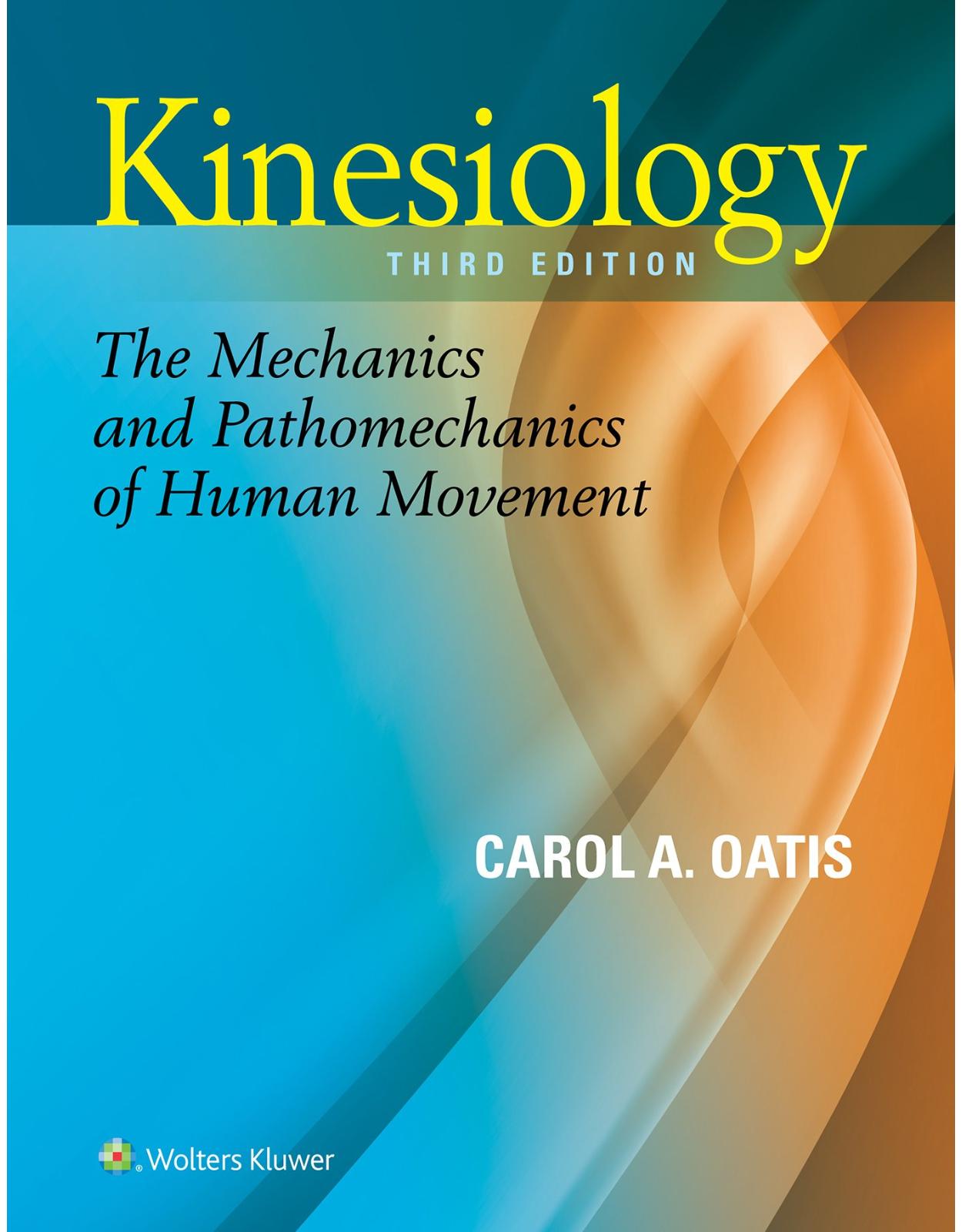
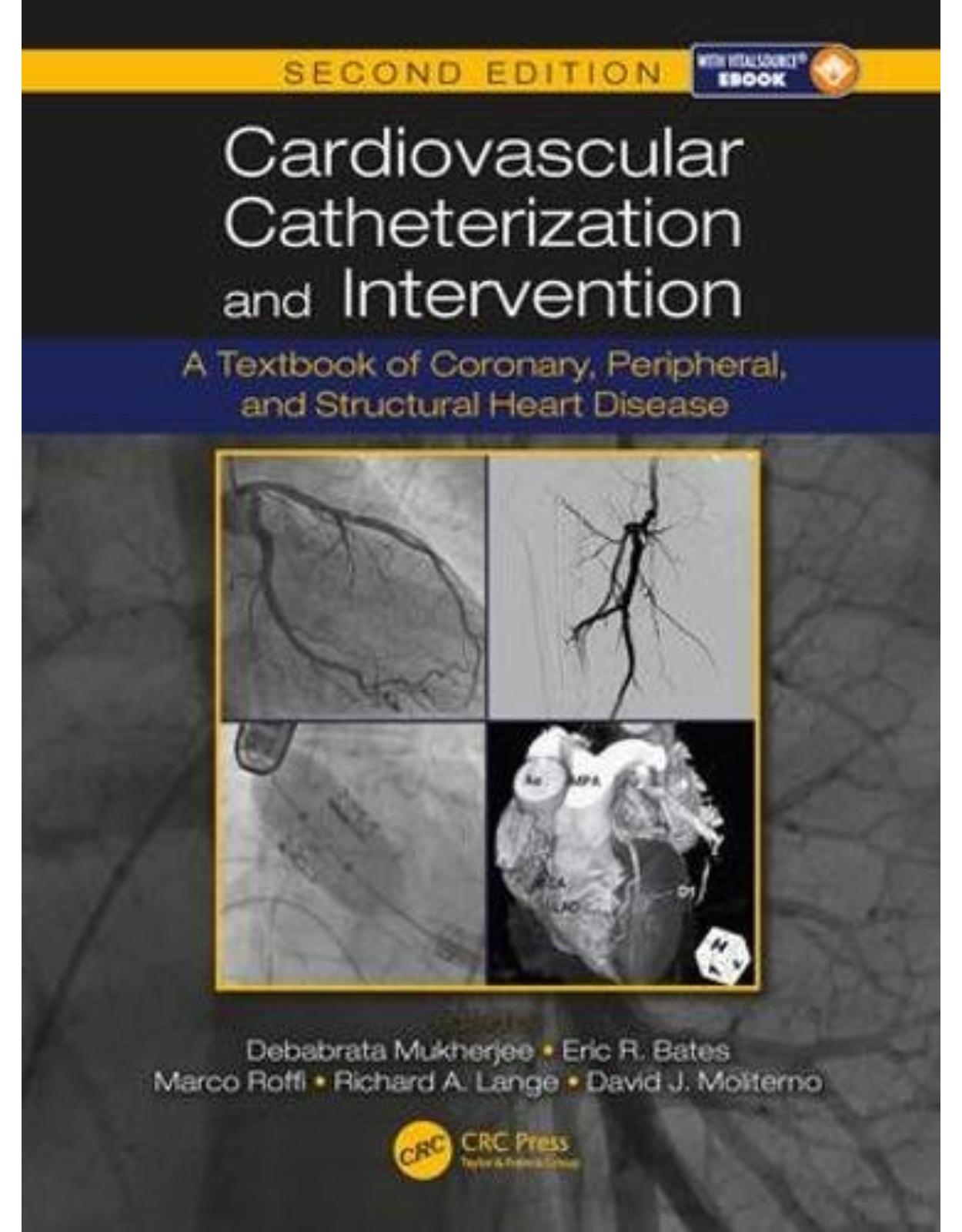
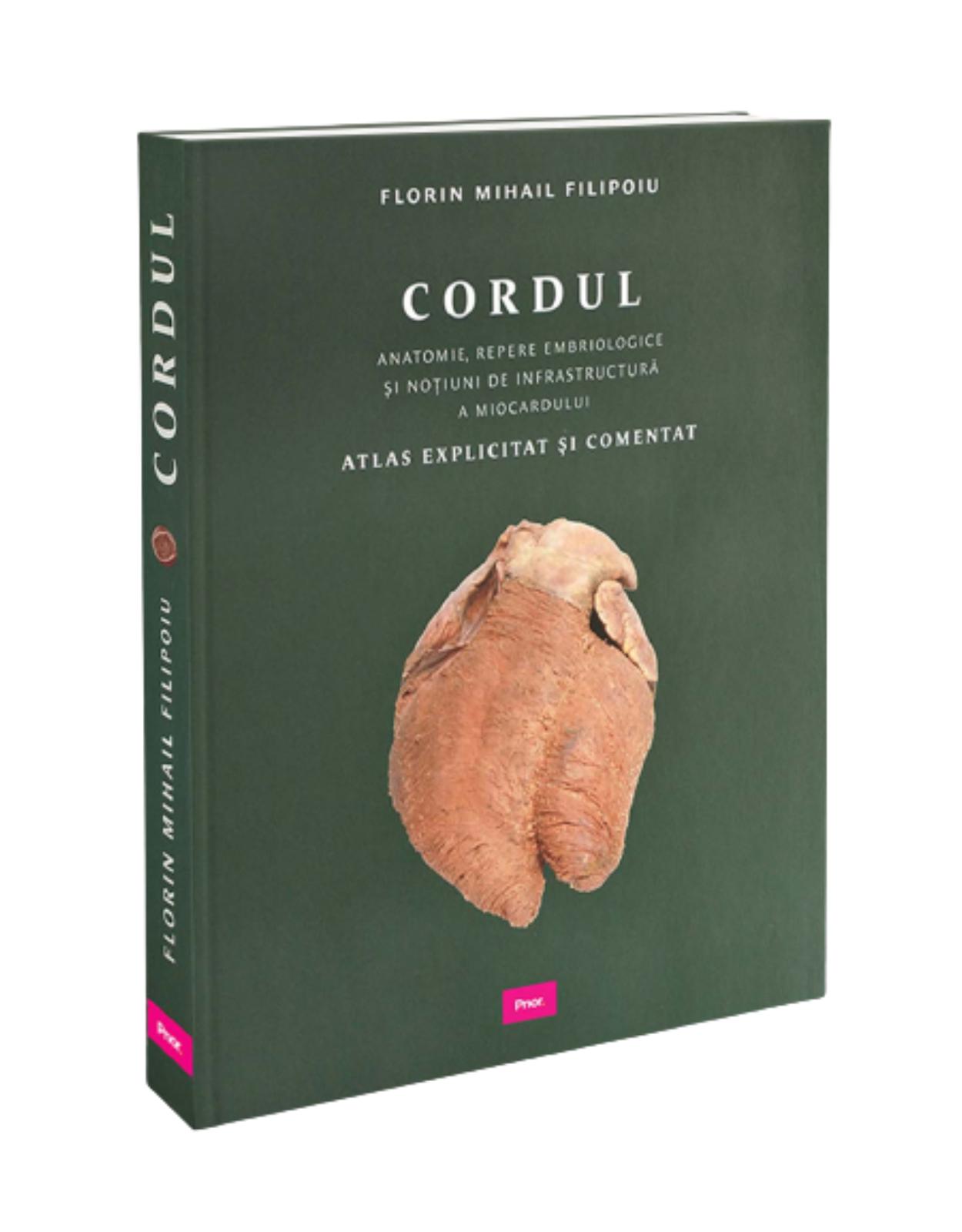
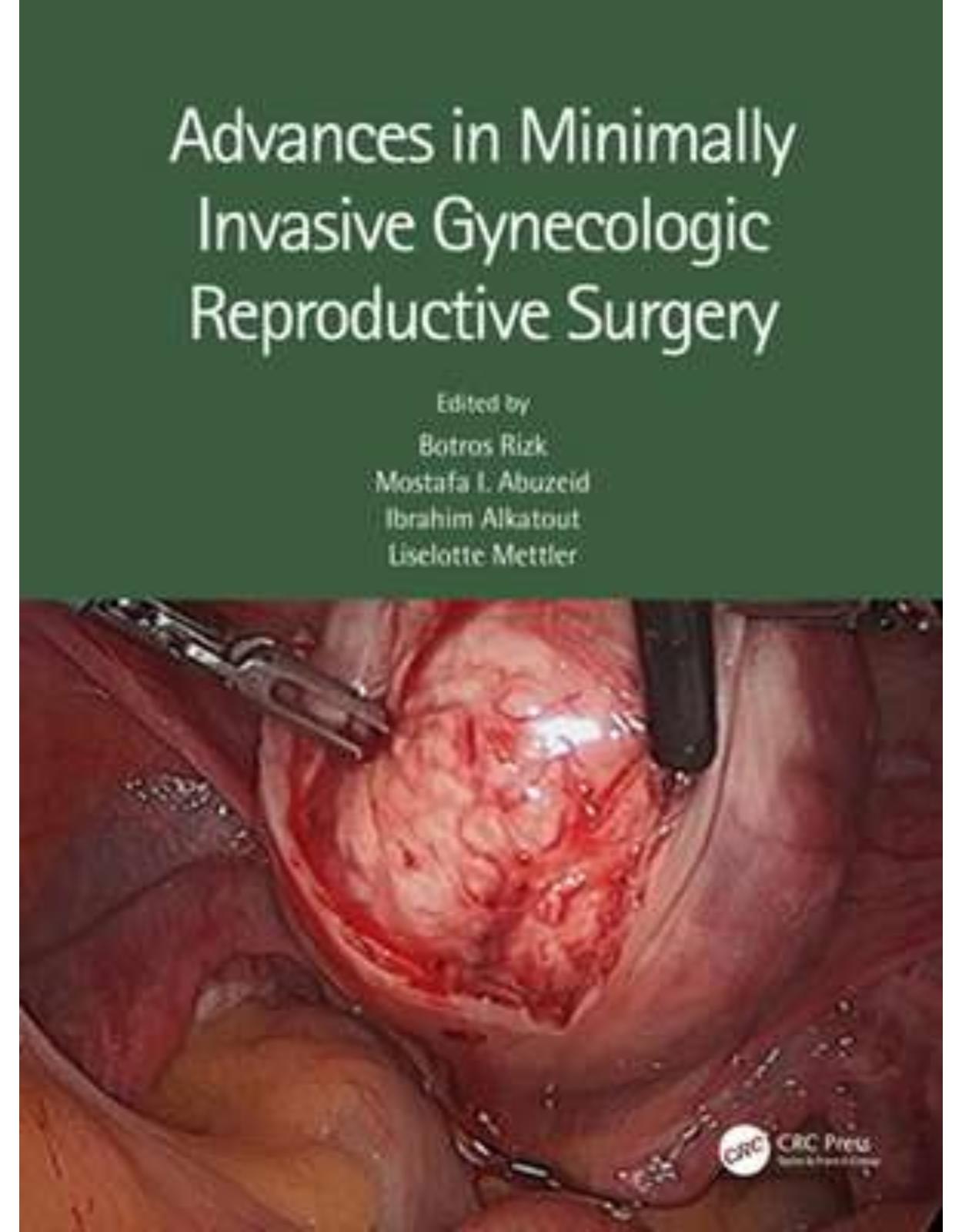
Clientii ebookshop.ro nu au adaugat inca opinii pentru acest produs. Fii primul care adauga o parere, folosind formularul de mai jos.